As taxpayers busily prepare for their Thanksgiving festivities, we thought it might be a good time to see how Washington’s agriculture policy impacts your plate. Even though some see the costs of a Turkey day dinner being a steal, the fact is nearly everything you consume has gorged itself on taxpayer subsidies thanks to the United States Department of Agriculture and the 2014 farm bill.
The centerpiece of the nearly trillion dollar farm bill is federally subsidized crop insurance. And this $8 billion dollar a year program is actually set to grow in size in part by sending cash to producers of what will likely be a centerpiece on many a table. Soon producers of your turkey will be eligible for taxpayer subsidized insurance products that pay out for “business interruption” due to slaughterhouse bankruptcies or catastrophic weather events as well as a separate policy covering bird flu or other disease outbreaks.
Averse to turkey? People raising those hogs that get turned into hams now have their own subsidized insurance for disease outbreaks—not to be confused with the one for the birds—and billions of dollars in disaster payments are going out the door to cattlemen. Mind you these payments aren’t just for recent losses but backdated to October 1, 2011 so fresh and aged cuts are covered. While a ridiculous Senate proposal to look at providing crop insurance for seafood harvesters didn’t make it into the final bill (by definition they are catching fish, not raising them as crop), folks “growing” catfish will get their own policy insuring their profit margins. There’s a provision for studying the marketability of U.S. Atlantic Spiny Dogfish and even a million dollars for the National Sheep Industry Improvement Center that was privatized in 2006, then brought back on the government dole in 2008.
Like any good Thanksgiving dinner, there’s plenty of attention being paid to the side dishes. Peanut revenue insurance is on its way. Producers of rice are the main target of a new, no-cost-to-the-farmer program—called Price Loss Coverage (PLC)—that pays out if prices fall below a pre-set government guarantee. Growers of wheat, corn, and soybeans—the foundation of any good stuffing, succotash, or tofurkey—are benefiting from new crop insurance-like programs that farm bill backers promised would save taxpayer dollars but turns out are about to dish out billions of dollars more than expected. And basically everything else you could eat is covered under one of the nearly 130 different crop insurance policies. If not, that crop will likely soon be rolled into a new “whole farm revenue” insurance product for farmers growing more than two types of crops at one time. While whole-farm insurance is a step in the right direction—because a great crop of sweet potatoes could offset a poor crop of broccoli—the USDA is allowing people who buy it to also purchase separate, potentially more lucrative policies for their big ticket commodities (corn and soybeans) grown on that same farm. So it’s not really “whole farm.”
Finally the USDA isn’t only focused on food. The growers of cotton that can be spun into your tablecloth and napkins have their own elite shallow loss program, where taxpayers pick up 80% of the cost. This is in addition to a recently announced deal where Uncle Sam will pay (bribe) Brazil $300 million to stop it from exercising their trade rights and slapping retaliatory tariffs on a variety of (non-farm) U.S. products because of U.S. cotton subsidies.
Every Thanksgiving the United States Department of Agriculture (USDA) sends out tips on how to safely cook a turkey. And while it looks like the goose is cooked when it comes to any chance of finding the promised savings from changes made in this farm bill, Washington still has a chance to protect taxpayers from a potential case of budgetary salmonella. It will, however, need to focus on creating a cost-effective, transparent, and accountable safety net that is responsive to current needs instead of one designed to dish out subsidies to special interests.

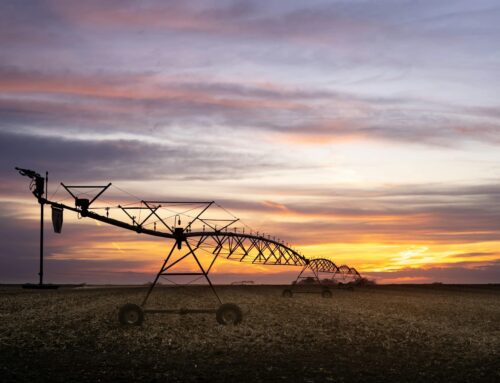

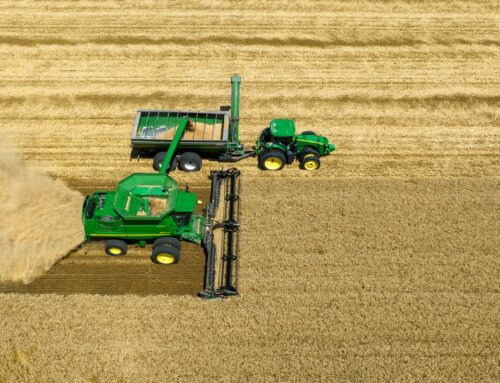
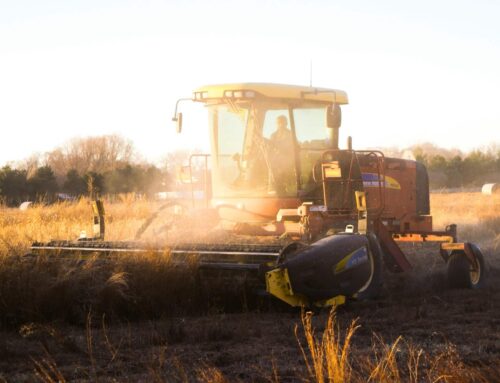
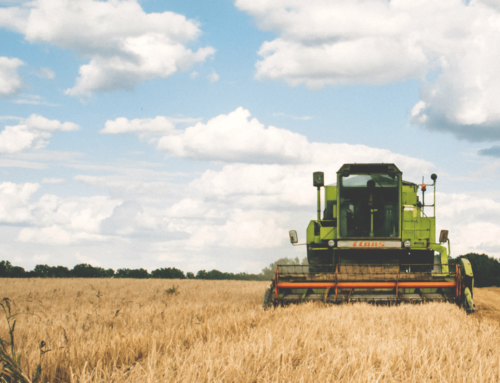






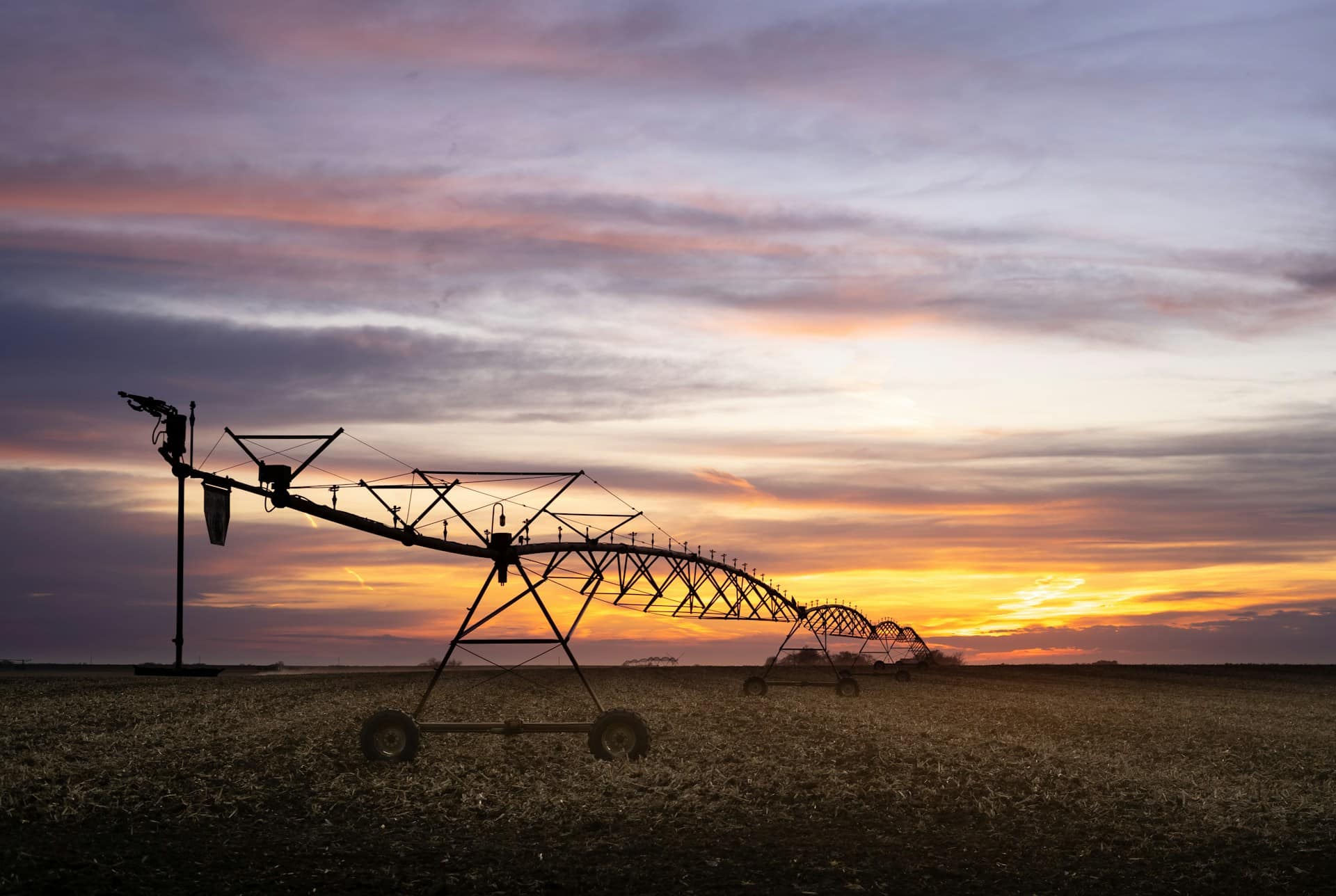

Get Social